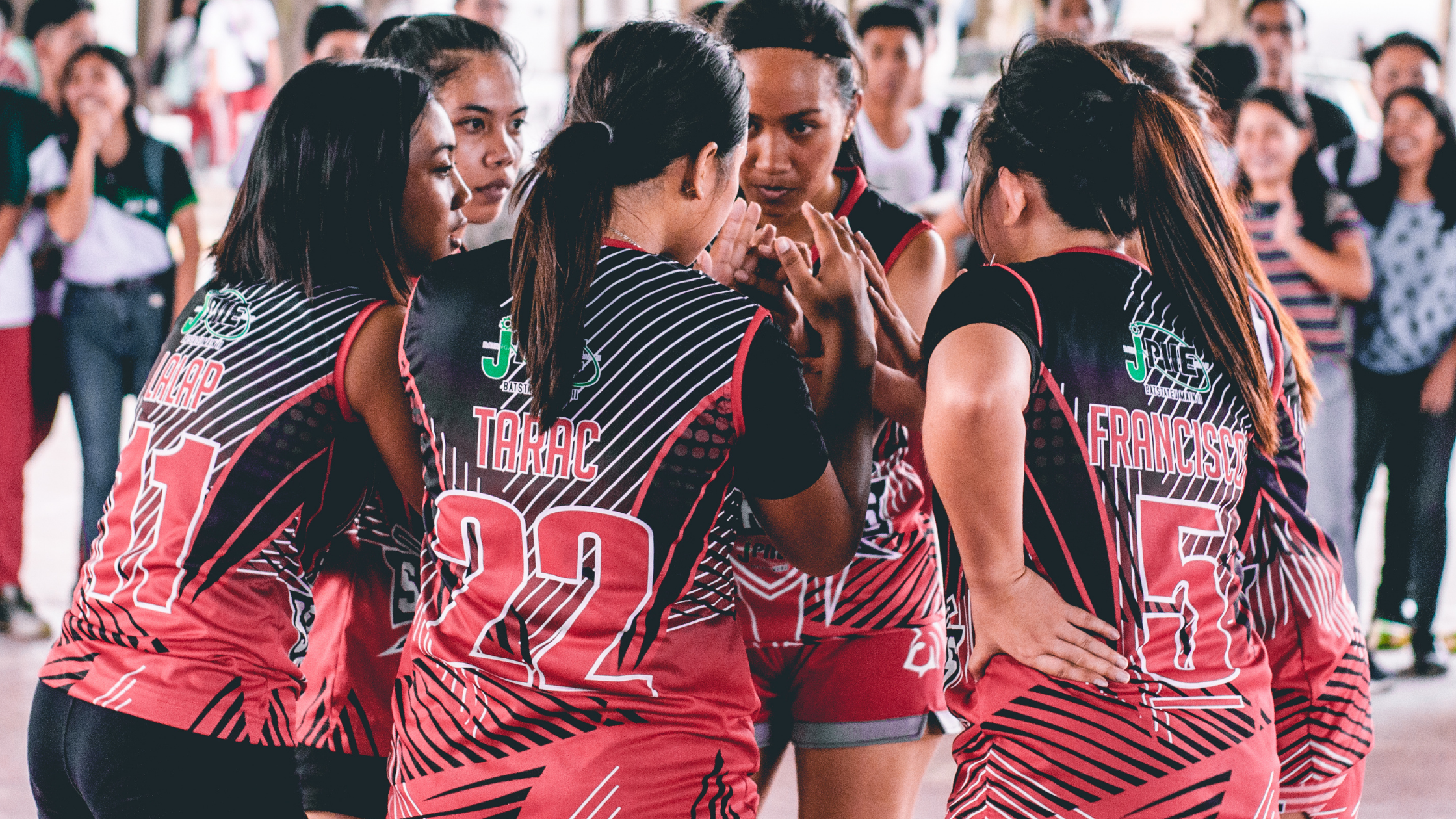By Madeleine Steele and Hames Sharley
Gender equality and sport are two topics that have had a rocky history. Men in elite sports are often paid more than their female counterparts, get better sponsorship deals, and men’s sports broadcasts are favoured with prime-time TV spots. Not to mention the undercurrent of sexism and harassment many women in sport face, both on and off the field.
Many sporting organisations are actively trying to change the face of sport in Australia to become more inclusive, encouraging female participation through the promotion of women’s teams. In 2017, the Australian Football League (AFL), one of Australia’s biggest sporting codes, introduced a professional women’s league (the ALFW). Since then, female participation in AFL has skyrocketed, growing by 31% in 2019 alone.
But tacking on a female team to a heavily male dominated sport isn’t an instant fix for gender equality. Women are entering a world which has been exclusively designed for men; from the uniforms and the coaching style to the very spaces in which they train. Although women’s footy is one of the fastest growing sports in Australia, the existing training facilities haven’t been designed for women at all. A complete lack of women’s changing facilities has seen swathes of female AFL players having to get changed in their cars or going home muddy because no showers were available. Not exactly an even playing ground.
Port Adelaide ALFW
Port Adelaide Football Club plans to join the AFLW with its own female team in the not too distant future. But like many AFL clubs in Australia, its locker rooms, complete with open showers and a urinal trough, are iconically male; something the club wanted to rectify before welcoming their female team. So when Port Adelaide engaged Hames Sharley to redesign its training facilities at Alberton Oval, the creation of a female locker room was high on the agenda.
According to Leon Gouws, Hames Sharley’s project lead for the club’s redevelopment, the new locker rooms have been designed with safety and privacy in mind.
“We’ve done away with ‘traditional’ clubroom showers, instead opting for private toilets and showers with lockable doors. These also include a bench which allows players to get changed within a cubicle if desired. We’ve also considered sightlines throughout the design to increase privacy, and included the specification of sanitary disposal units.
“We’ve also designed an area for the opposite sex to shower or use the toilet within that locker room vicinity. The future ALFW team may have coaches or team staff of the opposite sex, so the inclusion of an accessible toilet, shower and change space which is unisex, further supports the privacy and safety of the team. As will the additional carpark lighting which will be added as part of the overall upgrade.
“It’s important to note that while we designed the locker rooms in a way that will meet the needs of Port Adelaide’s female team, the locker rooms aren’t exclusively designed for women. The concept of private showers is increasingly becoming more commonplace in men’s changerooms too, and all the other features, such as mirrors, shelving, hanging space, etc. are all built in a way that will accommodate any teams using the space, male or female.”
Addressing second generation gender bias
This year, the theme for International Women’s Day is ‘Choose to Challenge’, which aims to call out gender bias and inequality to help create a more inclusive world. This is a theme that resonates deeply with Hames Sharley, because addressing and overcoming second generation gender bias in design is a key focus for our team.
When those original training facilities at Alberton Oval were built, there was no thought given for the women who may one day play there; the open showers and urinal troughs are a testament to this. But this football stadium is far from a one-off occurrence; the majority of the buildings we use every day have been designed by men, for men, without considering how women may use them and how their needs might be different. It’s a completely unintentional bias, known as second-generation gender bias, which simply forgets about the non-dominant class as if they don’t even exist.
But when we know better, we do better. Hames Sharley, like the AFL is taking steps in the right direction to make significant improvements in this area and become more gender inclusive; not just adding female teams, but by creating spaces which accommodate for women too. And with more sporting associations looking at ways to become more gender inclusive, hopefully all sporting facilities designed in future will be done so with gender inclusivity in mind.
Thank you to Madeleine Steele and Hames Sharley for this contributing piece.






